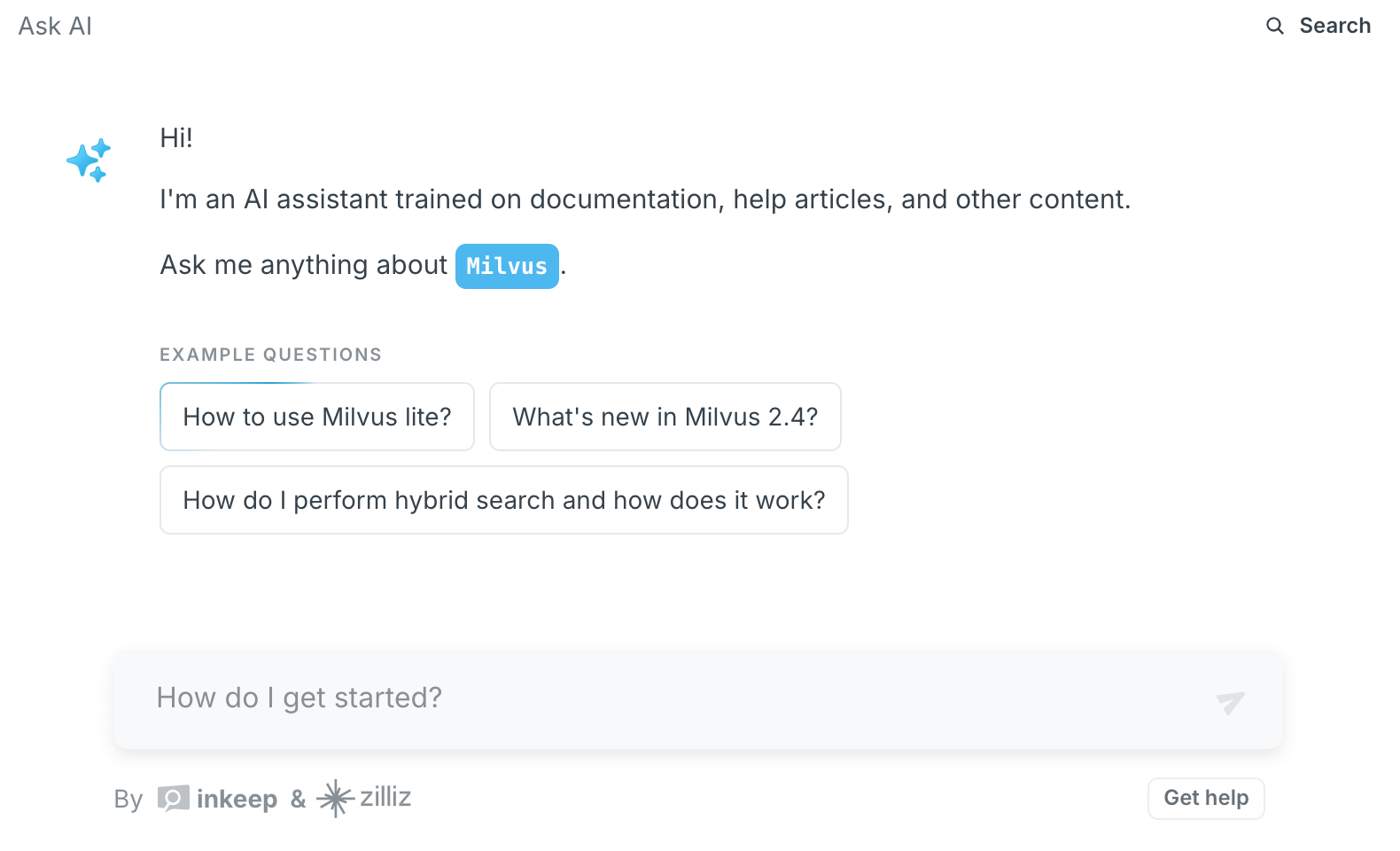Approximate nearest neighbor (ANN) search settings directly impact the speed and accuracy of document retrieval in RAG systems, which in turn affects end-to-end latency and answer quality. ANN methods like HNSW, FAISS, or Annoy use parameters such as the number of search probes, graph connections, or tree depth to balance between search precision and speed. For example, increasing the number of probes in HNSW improves recall by exploring more paths in the graph but slows down retrieval. Conversely, reducing probes speeds up retrieval but risks missing relevant documents. These trade-offs determine how quickly the system retrieves context for the generator and how well that context aligns with the query.
The choice of ANN parameters directly influences RAG’s end-to-end latency. A high-accuracy ANN configuration (e.g., FAISS with a large nprobe value) requires more computational steps, increasing retrieval time. This can become a bottleneck if the generator waits for the retriever, especially for real-time applications like chatbots. For instance, a system using FAISS with nprobe=256 might take 50ms to retrieve documents, while nprobe=32 reduces this to 10ms. However, faster retrieval risks lower recall, meaning fewer relevant documents are passed to the generator. This forces the generator to work with incomplete or noisy context, potentially leading to less accurate answers. Developers must decide whether to prioritize latency (e.g., for high-throughput APIs) or accuracy (e.g., for research tools) based on use-case requirements.
Answer quality in RAG depends heavily on the relevance of retrieved documents. If ANN settings prioritize speed over accuracy, the generator might receive irrelevant context, leading to incorrect or nonsensical answers. For example, a query about “treatment for bacterial infections” might retrieve articles about viruses if the ANN skips deeper graph layers in HNSW. Conversely, precise retrieval ensures the generator has correct references, improving answer reliability. However, overly strict ANN settings (e.g., exhaustive search) can introduce impractical latency. A balanced approach involves testing metrics like recall@k and query throughput: for instance, tuning HNSW’s efSearch parameter to achieve 90% recall within a 20ms budget. Developers should validate configurations with real-world queries to find the optimal balance between speed and accuracy for their specific data and workload.
